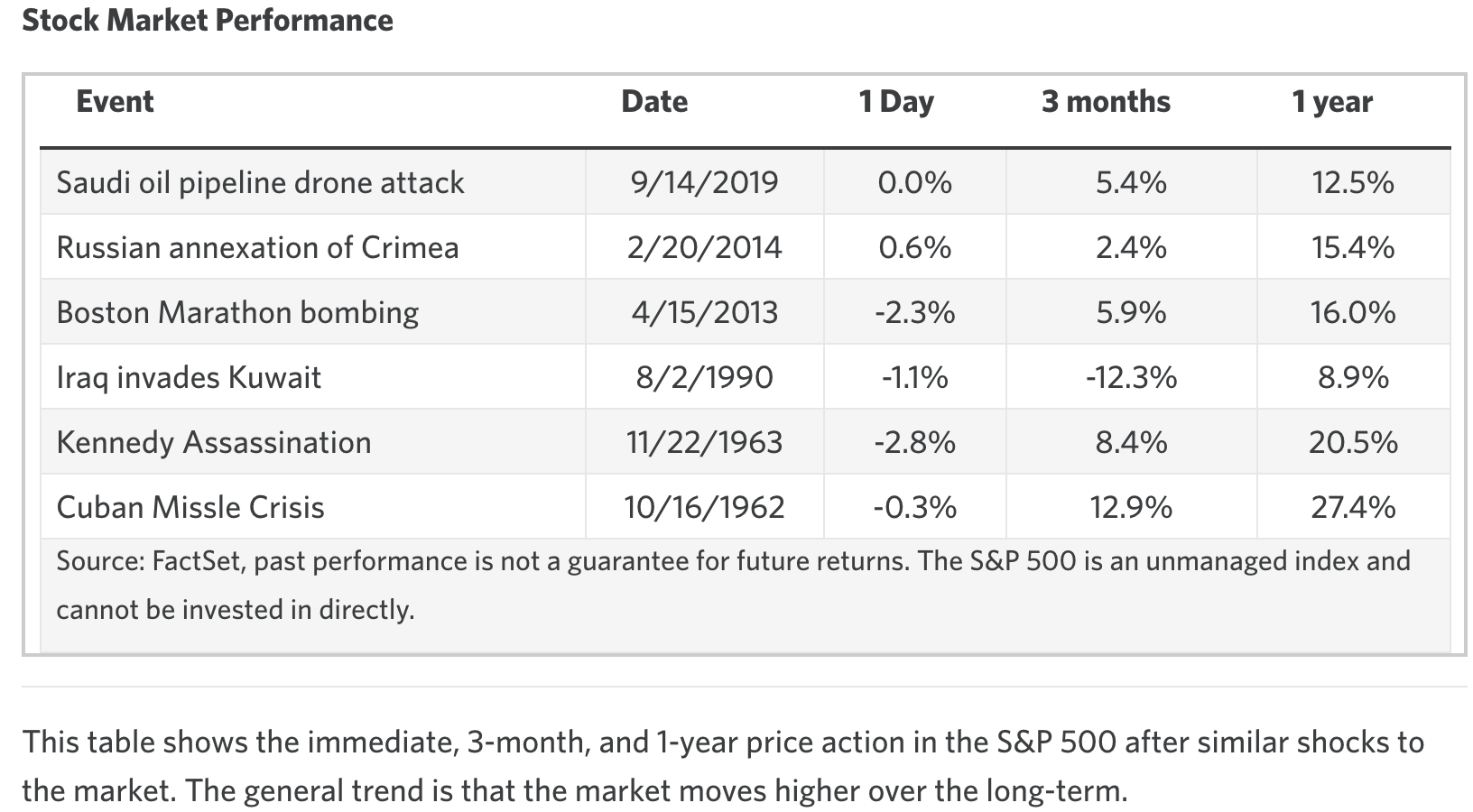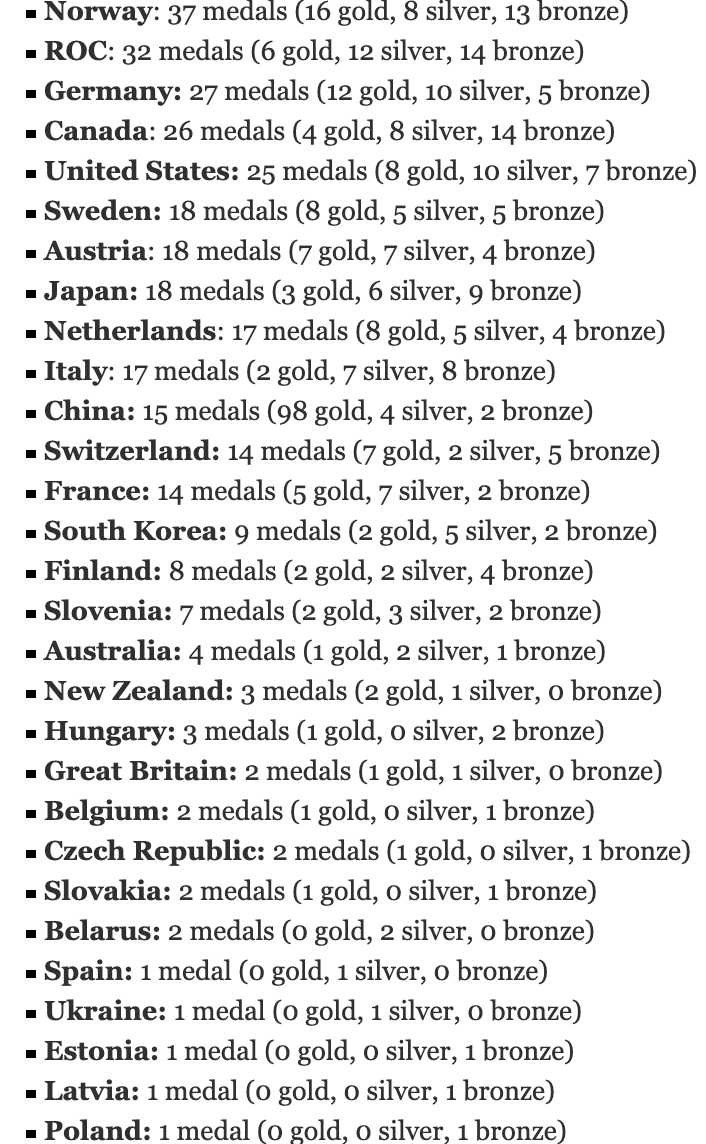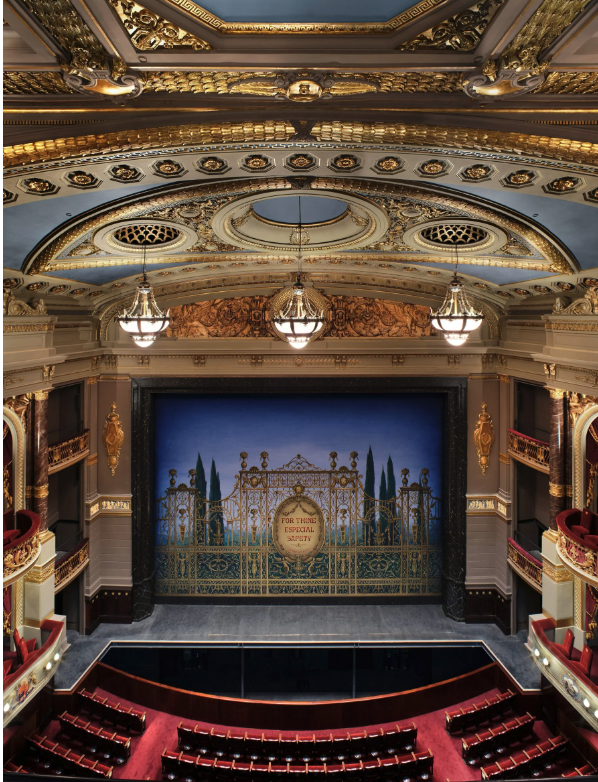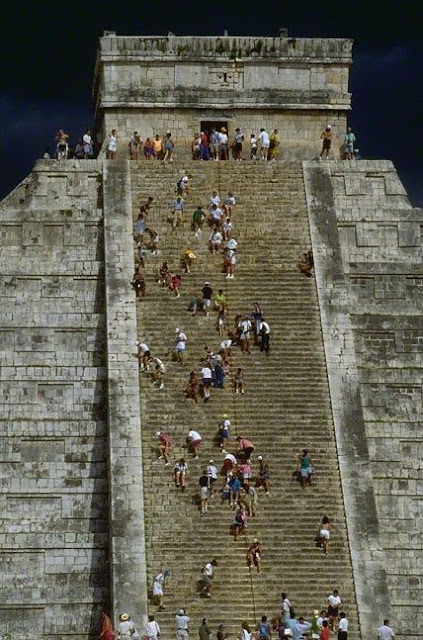Photo portrait of John Perry, Jr.
was taken remotely portrait by CNN via video call.
Editor’s note: The text of the CNN article appearing on this pillartopost.org daily online magazine may or may not be of interest to you, but our reason for highlighting this post is to demonstrate how the pandemic has changed the way media photographers go about their business. This photo essay shows that quality hasn’t suffered on features. Breaking news photography, however, doesn’t apply here. Here's why this photo essay is important. The portraits in this story were taken remotely. The photographer, in this case CNN’s Heather Fulbright, was never in the same room as the people she photographed. Through video calls, CNN photo editors were to direct people from afar and capture still images through an app on their cell phones—which were either held by a family member or placed on a tripod (or any other household object that worked). The method reflects the way many of us have had to change how we work during the pandemic era.
Here's an excerpt. For the full photo essay CLICK HERE.
Texas voters cast their first 2022 primary ballots By Kelly Mena and Tami Luhby, CNN Photographs by Heather Fulbright, CNN As Texas voters head to polls this year, they’ve had to deal with a slew of election law changes, including limited early voting hours and increased mail-in voting requirements. Texas was among the 19 states where, in response to baseless claims of voter fraud and the increased use of mail-in ballots in the 2020 general election, GOP-led legislatures enacted a slew of voting restrictions in 2021. Many of those changes will be tested for the first time this year during the critical midterm cycle. Lone Star State voters have already been dealing with the challenges associated with the new rules as a high rate of mail-in ballot applications and mail-in ballots have been rejected heading into the primary on March 1. Texas Republicans argue the changes will improve the security and integrity of the elections. Voting rights advocates and Democrats worry it will disenfranchise voters, particularly voters of color. CNN Politics spoke with a diverse group of voters about their experience voting in the primary and their thoughts on the changes.
JOHN PERRY, JR. Fresno, Texas [pictured above]
New restrictions can’t stop voters John Perry Jr. knows how important voting is. The 72-year-old first cast a ballot in 1969 at the height of the civil rights movement and a poignant time for Black Americans. Perry told CNN that he was inspired to vote from a young age when he had a traumatic encounter with police while playing with friends at a park when he was 17. “That kind of radicalized me. My hometown was small with a big Black population. So regularly I and others were the recipients of what I call drive-by racism. They would drive by and roll the windows down and shout out, ‘Go back to Africa,’ ” said Perry, who is originally from Johnstown, Pennsylvania. The harrowing experience, which left him with a permanent scar over his right eye, led to him becoming civically active, including being involved in voter registration drives and education. Perry doesn’t agree with the new restrictions on voting and said the laws aren’t stopping him, especially as he remembers the struggle Black Americans endured for the right to vote. “Those people were literally killed, murdered for the right to vote. Sitting in a voter registration line could get you killed, get you fired from your job, your house burned down. So no matter what they're throwing at us right now, nothing compares to that. Now if we can endure that and overcome that, then whatever the state of Texas, Georgia and all these other states, we can get around that too,” Perry said. Perry, though eligible for mail-in voting, said he would never take that option. He enjoys going in person. This year, mail-in voting has hit a few snags, including high rejection rates and some ballots even going to the wrong office. “I like the idea of showing up at a polling place, being physically present for it. I've never voted by mail. And I never will,” Perry, a Democrat, told CNN. Perry voted early, in person at his regular polling place in Fresno, Texas, without issue. Coincidentally, the county where Perry resides, Fort Bend, just renamed its law library after Willie Melton, a civil rights activist who challenged the county’s all-White primaries. The case eventually went to the US Supreme Court and ended the system of all-White primaries in Fort Bend County.

















































